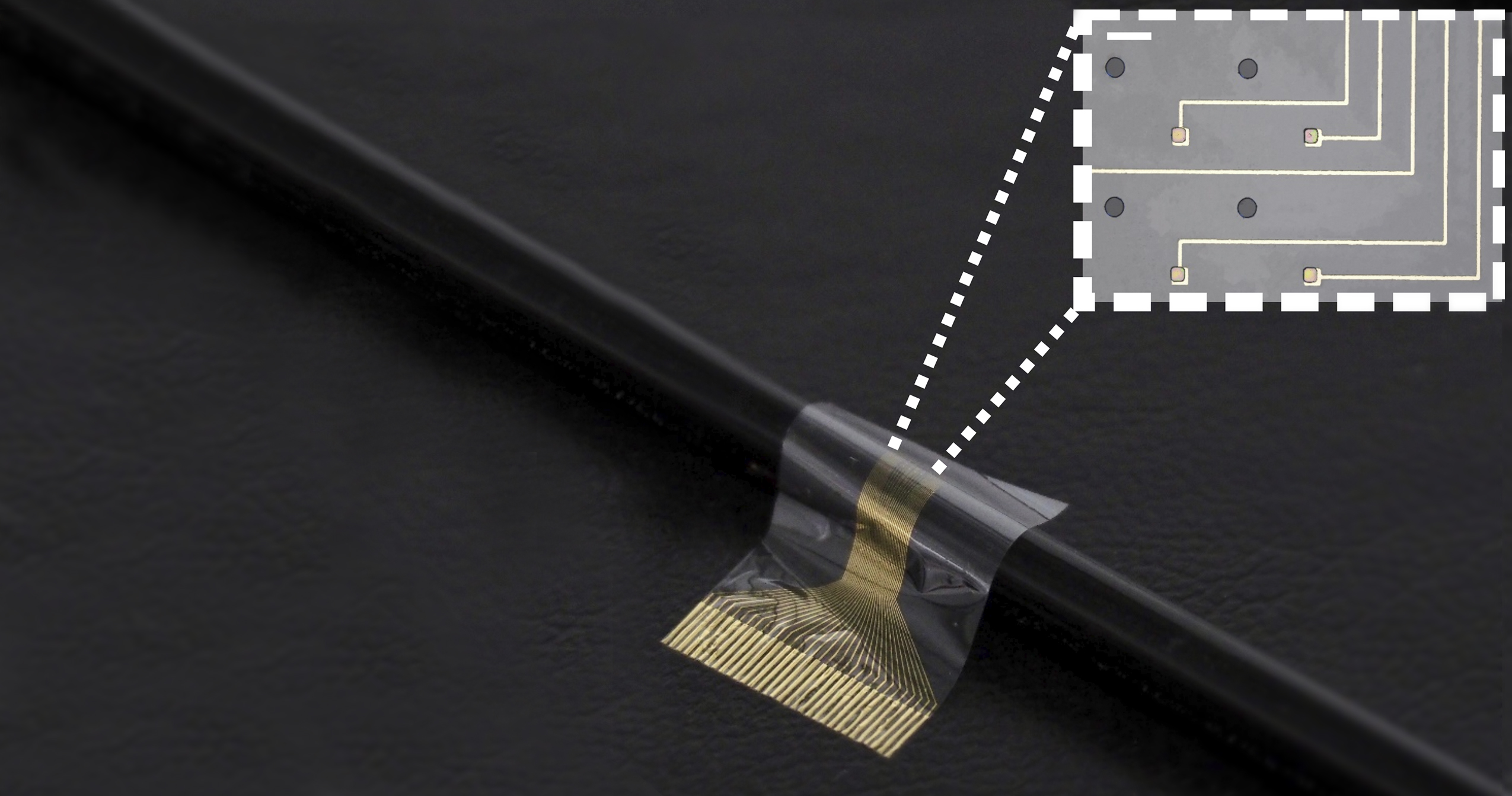23.03.2023 | Published by University of Cambridge

23.03.2023 | Published by University of Cambridge

Researchers have developed a new type of neural implant that could restore limb function to amputees and others who have lost the use of their arms or legs. opti-oxTM precision reprogrammed muscle cells are key to the results.
In a paper published today in the journal Science Advances, authors Amy E Rochford, Alejandro Carnicer-Lombarte et al reveal the latest data for a new type of neural implant device that could restore limb function to amputees and others who have lost the use of their arms or legs.
In a study carried out in rats, researchers from the University of Cambridge used the device to improve the connection between the brain and paralysed limbs. The neural implant device combines flexible electronics and a layer of muscle cells to better integrate with the nerve and drive limb function.
Previous attempts at using neural implants to restore limb function have mostly failed, as scar tissue tends to form around the electrodes over time, impeding the connection between the device and the nerve. By sandwiching a layer of muscle cells reprogrammed from stem cells between the electrodes and the living tissue, the researchers found that the device integrated within the host’s body and the formation of scar tissue was prevented. The cells survived on the electrode for the duration of the 28-day experiment, the first time this has been monitored over such a long period.
The layer of muscle cells used in the device were precision reprogrammed with bit.bio's opti-ox technology. This technology enables the reprogramming of entire cultures of stem cells into muscle cells with unprecedented consistency at scale and speed, allowing researchers to conduct this type of research.
The researchers say that their approach has multiple advantages over other attempts to restore function in amputees. In addition to its easier integration and long-term stability, the device is small enough that its implantation would only require keyhole surgery.
Rochford and Carnicer-Lombarte also suggest that the neural implant device has the potential to not only restore function in people who have lost the use of a limb or limbs, but it could also be used to control prosthetic limbs by interacting with specific axons responsible for motor control.
Read the full paper here.
Click here to learn more about ioSkeletal Myocytes.